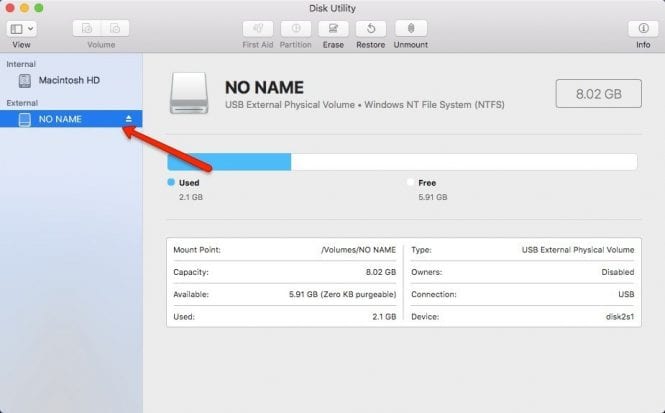Most accessory manufacturers tend to build accessories for the more dominant platforms, which is why many computer peripherals tend to be more focused on Windows users. This can make things a little complicated if you are a Mac user, especially if you are looking to purchase an external hard drive where sometimes some models may be preformatted for use with Windows.
Page Contents:
We are sure that some of you have found situations in which at least once you have connected an external hard drive or USB flash drive to your Mac computer, only to find out that it is not read or that changes cannot be made due to its formatting for Windows. However, if you are trying to ensure full compatibility between Windows and Mac, take a look at the following steps.
How to format an external hard drive for Mac
The process to format an external hard drive or USB flash drive for your Mac is pretty straightforward.
- Connect the external hard drive or USB flash drive to your Mac computer
- Start the Disk Utility app located in Applications> Other
- Select the unit from the left side of the window
- Click on the Clear tab at the top of the screen
- In Format, select ExFAT
- Click Cancel and, depending on how much you’ve archived, it may take seconds or minutes to complete.
- Once completed, you should see the new file type on your hard drive.
Which file format should I use?
During the hard disk formatting process, in the Format section, you would have noticed that there are several options to choose from, so the question is- what are the differences between the file formats and which ones should you choose?
ExFAT
This is the option we told you that you should choose if you want to make sure your hard drive is compatible (which means it can read and write) on both Windows and Mac systems.
FAT MS-DOS
Also known as FAT32 on some systems, this is another option you can choose if you want to format a hard drive that will be compatible on Windows and Mac. However, one of the main differences between FAT32 and ExFat is that the first one will only support file sizes up to 4 GB.
This means that if you are trying to transfer a video file larger than 4 GB, you will not be able to do it. This is due to the fact that FAT32 is an older file system.
APFS (Apple file system)
This is a newer file system that Apple introduced with its High Sierra update. It will be the default format that will be used for internal drives and also for new external hard drives designed specifically for use with Macs. The upside is that it is more efficient, more reliable and users can also choose to encrypt it to protect the contents of your computer.
The disadvantage is that it will not be compatible with previous versions of macOS and will not be compatible with Windows or Linux machines. However, if you only need to use it on a Mac computer, this could be an option to consider.
Mac OS Extended (Journaled)
This file format was previously also known as HFS +. It was the file system that Apple had used before introducing APFS. For older Mac computers that are not running High Sierra or newer, Mac OS Extended will be the default format.
Similar to APFS, there are options to have it encrypted and password-protected, and users can also choose to format it so that it can be case-sensitive for files that may require it.
Moreover, just like APFS, Mac OS Extended is not readable on Windows machines, so if you are looking for cross-platform compatibility, ExFAT is still the best choice for now.

